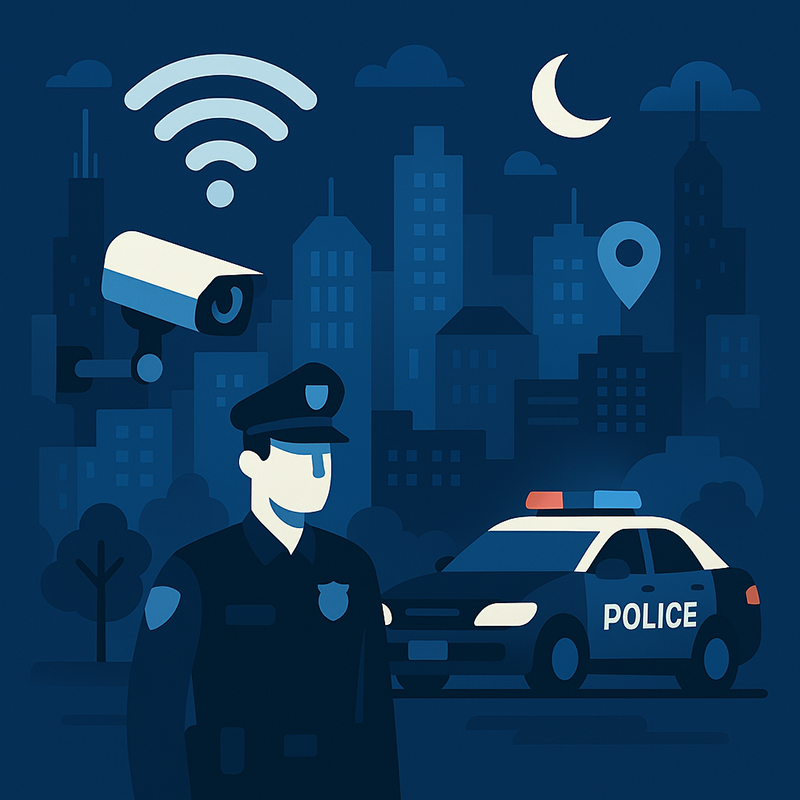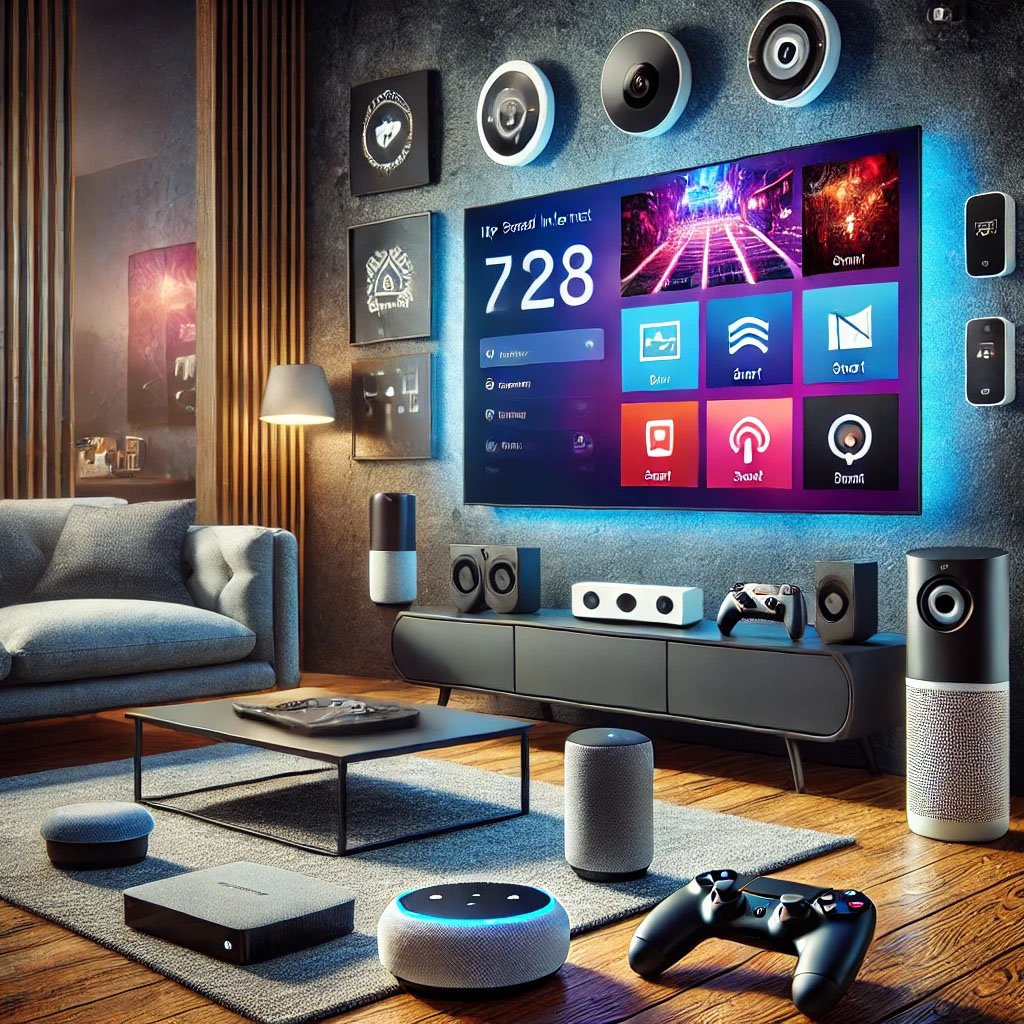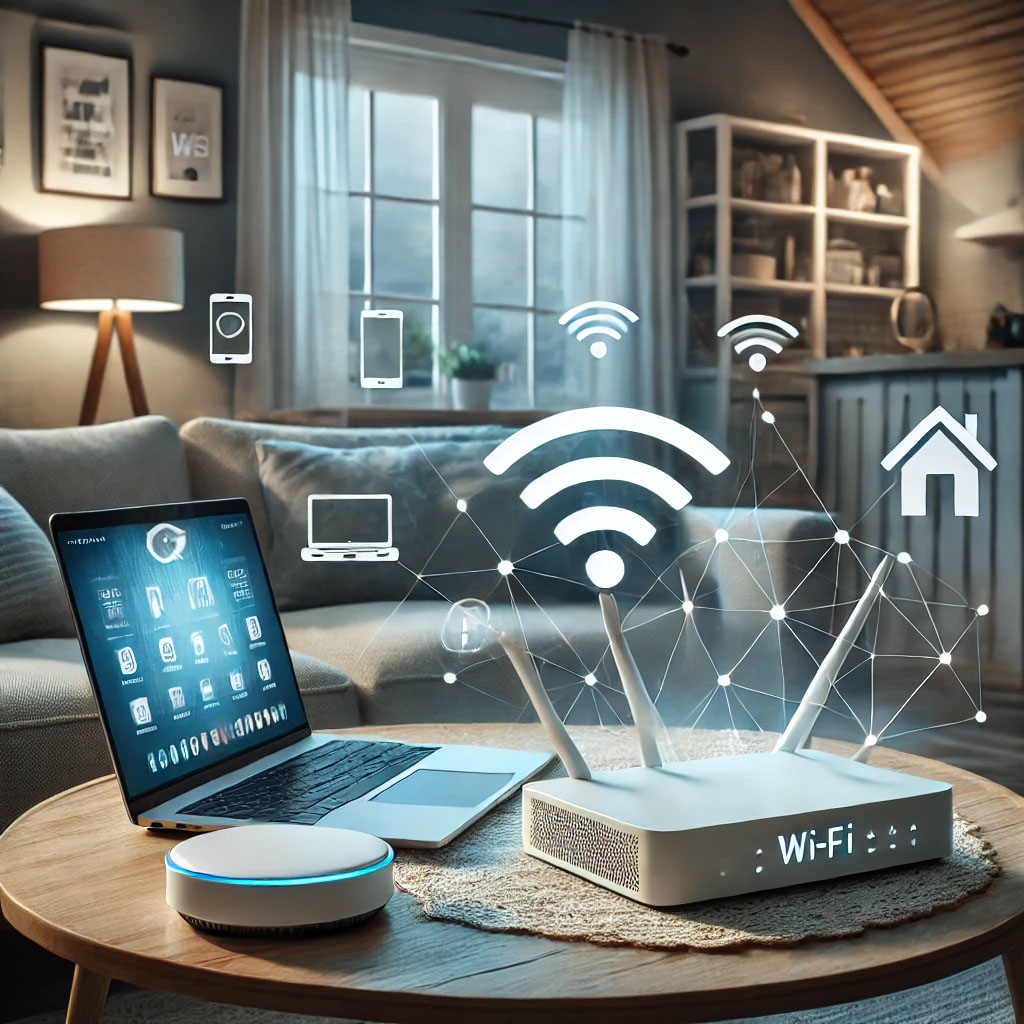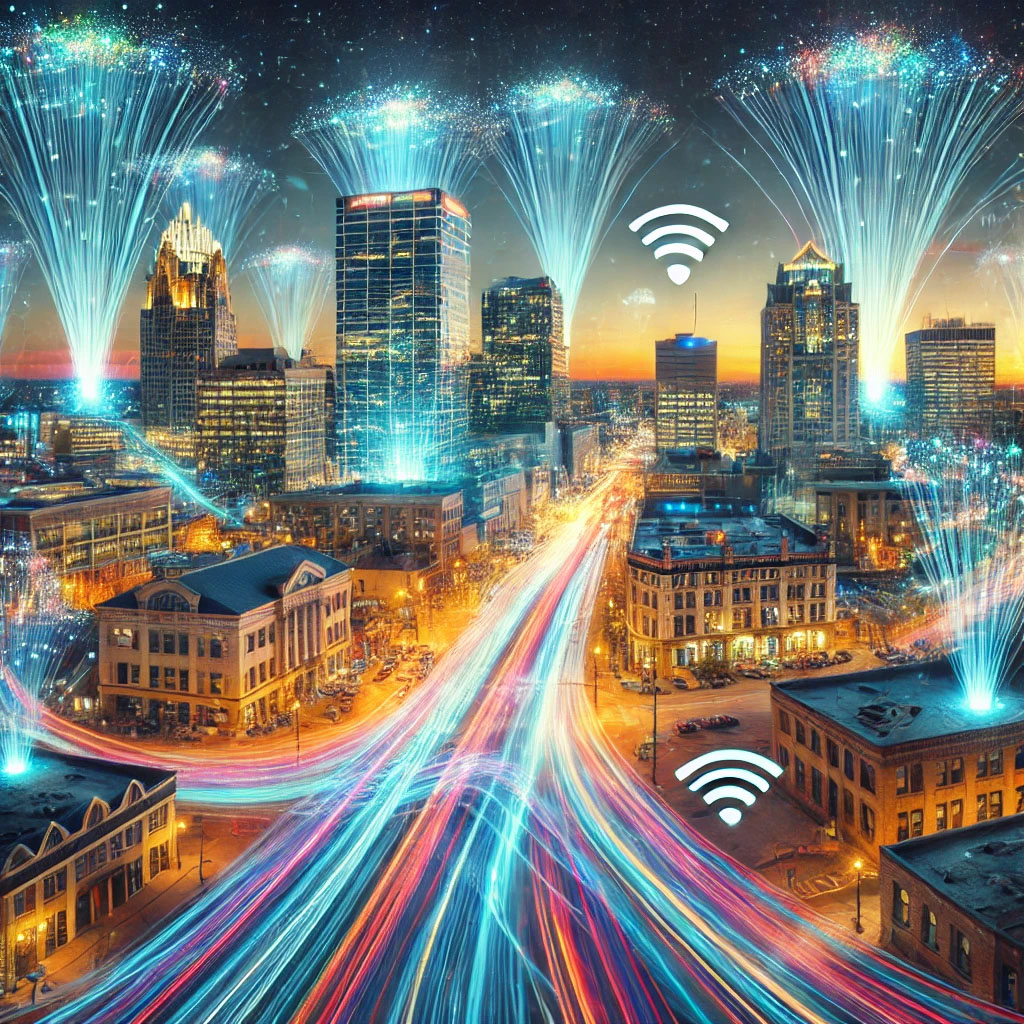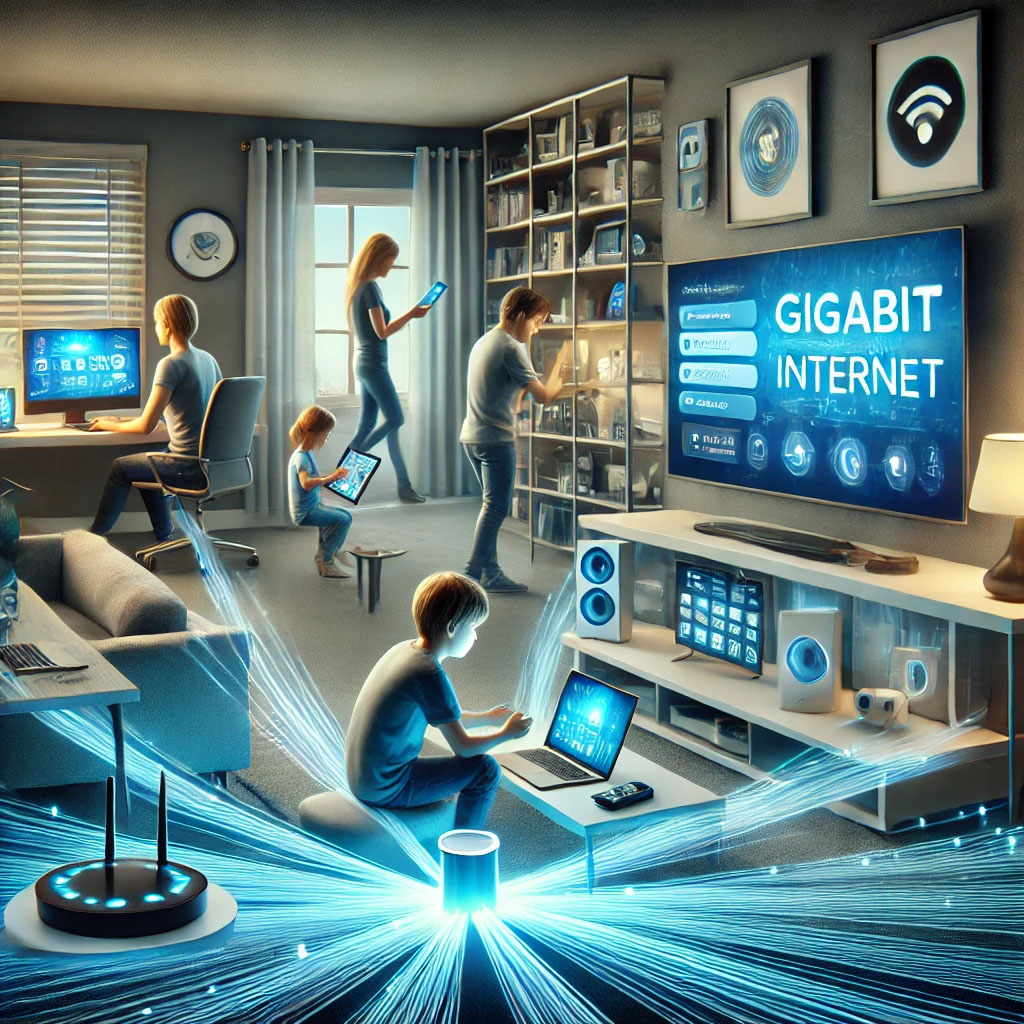If you’re a United States resident, you probably regard public safety as a top priority for you and your family. In Chicago, ensuring the safety of its inhabitants and visitors has been a critical mission for local governance.
Over the years, technology has become a significant part of responding to emergencies more swiftly and effectively. High-speed internet is one of the most powerful tools in enhancing public safety today. In Chicago, a city known for its bustling streets and diverse neighborhoods, high-speed internet is helping to improve a range of safety aspects, from real-time surveillance to emergency response systems. Here’s how this midwestern city is attempting to improve its safety practices through high-speed internet.
The Role of High-Speed Internet in Real-Time Security
Surveillance systems are a key component of modern public safety. For a city like Chicago, which has a vast urban landscape, keeping track of unsafe behavior can be challenging. High-speed internet has significantly boosted the effectiveness of surveillance cameras and monitoring systems by enabling real-time data transmission.
With high-speed internet, cameras placed throughout the city can send video footage to control centers almost instantaneously. This real-time transmission allows for quick monitoring of incidents as they happen and fast responses if needed.
Upgraded internet can also help expand the use of technologies like facial recognition and AI. These technologies can analyze video feeds quickly, such as those for stolen vehicles or individuals with outstanding warrants. Instantaneous video through high-speed internet can help those in danger receive quick attention.
Improving Emergency Response Systems
Response time can be critical when an emergency strikes, whether it’s a fire, a medical emergency, or a natural disaster. High-speed internet has revolutionized emergency response systems, allowing for faster communication between dispatchers, emergency responders, and those needing care.
In Chicago, emergency response systems rely heavily on high-speed internet to streamline communication and coordinate efforts. For instance, the city’s 911 system can process and route calls faster than ever before, ensuring that emergency services are dispatched promptly. Through advanced networks, dispatchers can share crucial information about a situation instantaneously with paramedics, EMTs, and firefighters.
Additionally, high-speed internet allows for combining various emergency response technologies. For example, fire departments can access building blueprints and floor plans via the internet to improve response times during fires. With real-time updates, firefighters can adapt their strategies as new information comes in, making their efforts more efficient and saving lives in the process.
In the south suburbs, firefighter stations are starting to implement a service called CentralSquare Unify, which helps automate incoming requests. By using this technology, firefighters can reduce response times, removing the need for manual calling that often happens between stations and dispatch centers. With high-speed internet, technology like CentralSquare Unify can quickly perform its duties efficiently and help citizens receive help quickly.
Enhancing Public Alert Services
Public alert systems are another area where high-speed internet plays a vital role in keeping Chicago’s residents safe. Whether it’s weather-related emergencies, public safety threats, or essential public service announcements, communicating effectively with large groups of people in real time is crucial.
In Chicago, high-speed internet powers the city’s public alert systems, ensuring that messages can be delivered quickly and efficiently across various platforms. Through texts, emails, social media, and even broadcast TV, the city can send out warnings about dangerous weather, accidents, or other emergencies. These alerts can be targeted based on location, ensuring that only those who need the information receive it.
Similarly, the speed and scope of these alerts have been significantly enhanced by high-speed internet. In the past, sending out alerts happened slower, and sometimes, it wasn’t possible to reach all affected citizens in time. Today, with faster internet, the city can send millions of alerts regarding tornados or snowstorms in just minutes.
Using High-Speed Internet for Community Engagement
Public safety isn’t just about responding to emergencies; it’s also about preventing crime and building stronger, safer communities. High-speed internet helps to improve communication between the city and its inhabitants. Social media platforms, neighborhood apps, and online forums can help residents report concerns, share information, and stay connected with their community.
For example, apps like Nextdoor in Chicago rely on an internet connection to foster communication between neighbors in various areas. High-speed internet enables these interactions to happen smoothly, providing a platform where people can engage with each other about safety concerns. Social media that fosters neighborly communication can add an extra element of safety for residents throughout the city.
Looking to the Future
As technology continues to evolve, the role of high-speed internet in enhancing public safety will only become more critical. New technologies like 5G, the Internet of Things (IoT), and smart city infrastructure can help Chicago improve its communities and general safety. By using smart traffic lights, emergency responders will be able to ensure a quicker response time by changing traffic patterns to allow for the faster passage of emergency vehicles. Similarly, IoT sensors embedded in city infrastructure could monitor everything from air quality to public health, alerting authorities to potential risks before they become major issues.
In the future, Chicago’s public safety network can become even more integrated, with even faster data sharing and more interconnected systems. Through the power of high-speed internet, integrating these new technologies can be of utmost success for the city and its residents. The advancement of AI and automation is bringing a new future for urban areas nationwide, designing unique ways to upgrade public safety.
High-speed internet is more than just a luxury in today’s world – it’s necessary to ensure community safety, especially in a dynamic city like Chicago. From real-time surveillance and improved emergency response systems to more efficient public alert services and community engagement, high-speed internet transforms how the city responds to and prevents crime and emergencies.
